If you’re wondering how to self-publish a book, I first want to tell you that: hey, it is totally and completely possible to not only self-publish a book but also to do well with it.
I self-published a non-fiction book on living in the UK for Americans, and it continually brings in hundreds of dollars each month in income that I don’t have to work too much for.

Before publishing this book, I had no idea what I was doing and had never looked into self-publishing before, so if you’re brand new to this, don’t worry.
I’ll take you through how to self-publish a book, step-by-step, so you’ll feel confident in what you need to do to make your self-publishing dreams come true.
Note that I self-published a book using Amazon Print On Demand and Kindle Direct Publishing, so this guide is mostly how to self-publish a book on Amazon.

Quick guide to Self-Publishing a Book
Don’t want to waste any time reading? Get these tools and go:
– this is the best daily planner for productivity when writing
– if you prefer virtual planning, use ClickUp
– use Fiverr to get a designer and formatter if it’s not your thing
Why Should I Self-Publish a Book?
First, you need to think about the differences in self-publishing and traditional publishing.
In traditional publishing, you submit your novel or outline for a nonfiction book plus example chapters to traditional agents or publishers who then determine if they want to publish your book.
They will often have marketing and design teams to get the book out there and looking good, and you will have an editor to help you make the book perfect.
However, you will sign a contract and waive your right to a percentage of the money made from the book, which can be a substantial percentage that goes to the publisher.
In self-publishing, there is no one behind your book to promote it or design it or write it but you.
You are the marketing team, the writer, the editor, the designer, and much more.
However, you can update your book to keep it up to date more frequently if it’s a non-fiction title, and you often get a larger percentage of the profit after you share with Amazon.
You need to do research into both options and think about which way works the best for you.
I self-published because I wanted as much control over my work as possible and I felt confident in my ability to get the book out there myself.
I also felt that a niche subject like a how-to guide for Americans living in the UK would need constant updating and wouldn’t be something that a big traditional publisher would be putting on shelves around the country.

How to Decide What to Self-Publish
If you’re researching how to self publish a book, it’s likely you already know what to write about.
Are you interested in young adult fiction, non-fiction, shrot novellas, poetry, etc?
One thing to keep in mind is that fiction books typically still do the best when they go the traditional publishing route, and non-fiction is a bit easier to self-publish and still find an audience.
There is still an inherent bias against self-published books in the fiction community, and especially if you’re doing something like poetry.
Think of how many people buy a poetry book from non-famous poets as it is.
It’s certaintly not a huge share of the book market, and so if you’re expecting to completely take the world by storm with your self-published poetry book even though you have no audience or demand for it, you may be disappointed.

Building Up an Audience Before Releasing the Book
By far the most important part of actually selling a self-published book, which we’ll get to at the end, is having an audience.
You are in charge of your marketing, and it’s much easier to sell to an audience that already exists and is the target audience for your book rather than writing the book and trying to find an audience.
Authors do this in different ways, but one of the most popular is starting a blog and social media presence to attract people of your target audience.
Note that this doesn’t mean your friends and family, but people who would actually need or want the book (especially if it’s non-fiction).
For instance, if it’s a book on parenting, starting a blog by using my guide to making a money-making blog about parenting and a Facebook group attracting moms who are looking for parenting tips and to share anecdotes would be one idea.
For me, I wrote a book on expat life in the UK as an American and had worked to build up my blog, Girl Gone London so that I was attracting other future expats in the UK as well as people who wanted to travel to London.
From that, I created a Facebook group which was also all about London travel and expat life and boom, there’s my audience.
You can also learn more about finding an audience for your book through an online course as one of the most interesting things to learn online.

Writing the Book
Okay, so you actually have to motivate yourself to write the book for this next step.
You should look up how many words, roughly, your type of book is, and then chunk it down into the chapters you want to have.
The number of words for a non-fiction book are often less than for a fiction book, though keep in mind that young-adult fiction usually has less words than adult fiction and so on.
For my book, to help me stick to a plan, I wrote an outline of all of the chapters I wanted to include (including an Introduction) and then I laid it out, chunked it down, and decided to set a deadline for myself based on how long I thought each chapter would take.
This is the real slog of self-publishing a book.
There is no one like an editor or publisher to motivate you to finish, and you just have to keep at it, slowly working and consistently writing to get it done.
Use a productivity tool like Focuswriter which you can read about in my list of getting things done tools or check out my productivity improvement tips to help encourage you.
I also highly recommend using a planner like this one to keep you organized.

Getting the Book Proofread
As you won’t have an editor, getting your finished book proofread is one of the most important steps in self-publishing, because you want your book to feel as professional as possible.
Keep in mind that the whole point of writing a book is actually the “rewriting,” as no one churns out a completely perfect manuscript on the first try.
Be open to this process and that even once you’ve finished, it will take time to edit and proofread the book.
For my self-published book, I did a few run throughs of the book completely proofreading it myself, and then I sent it on to friends and family to help with.
After that, I hired a proofreader (you can find them in many Facebook groups for self-publishers) for some final edits.
I also recommend Fiverr for looking for proofreaders.
Even after you format and submit the book to Amazon, you can order a proof copy, which I used yet again to go over myself to check for any typos after I had had a break from looking over the text so I wasn’t too familiar with it that typos wouldn’t jump out.
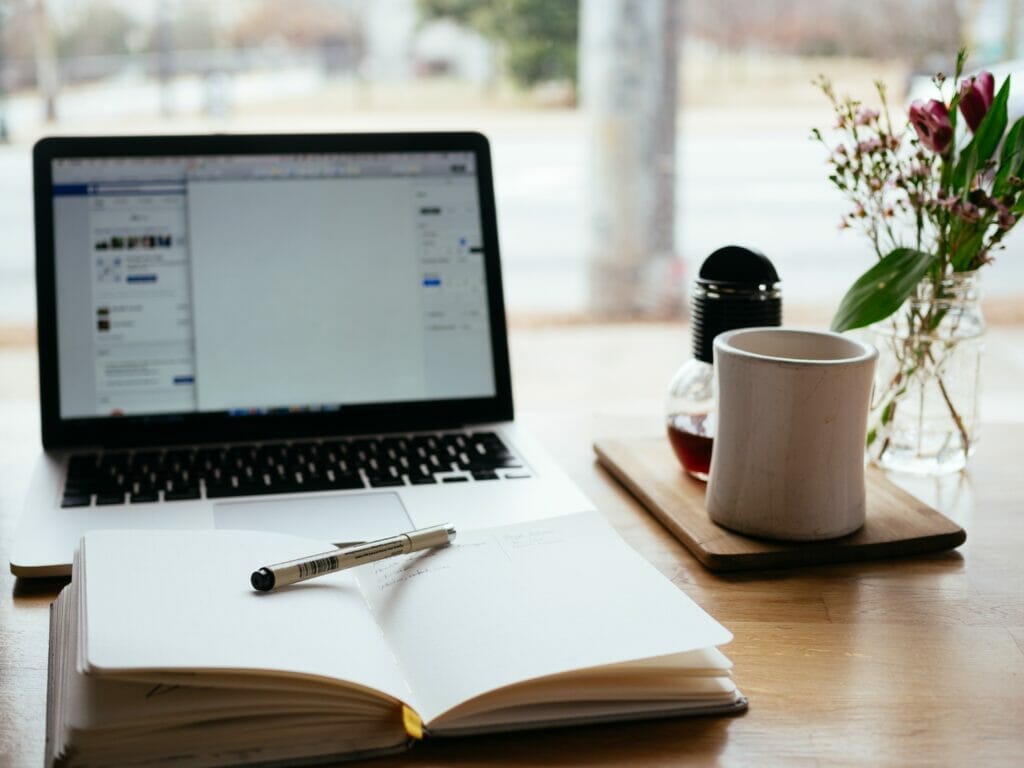
Formatting a Self-Published Book for Amazon
Formatting a self-published book for Amazon can be finicky and take some tweaking, but it’s entirely possible to do by yourself by following the guidelines on Amazon’s site.
It can even be something productive to do when you’re bored!
If you don’t feel like undertaking their instructions, you can also very easily hire someone to format your book for you using a service like Fiverr or a virtual assistant who specializes in self-publishing.
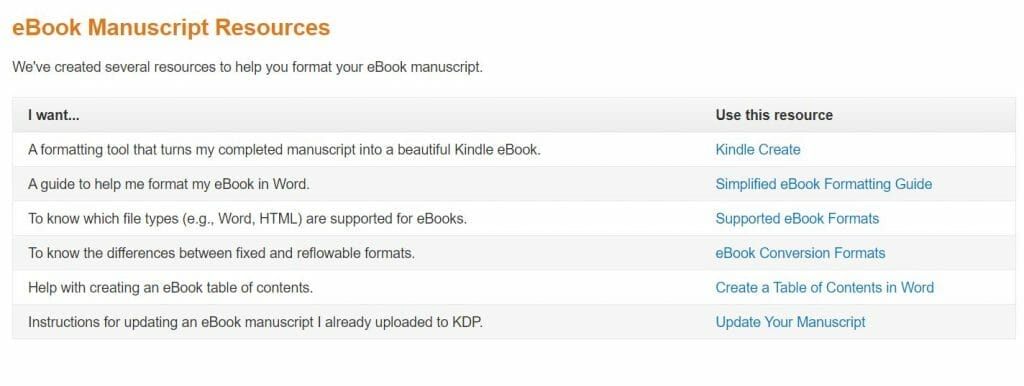
I formatted my book myself using the instructions on Amazon’s site, and while I did have to play with it a bit and it was tedious inputting all of the page breaks and so on, it wasn’t something that was out of my wheelhouse even though I have little experience with formatting anything on Microsoft Word.
Keep in mind that if you’re doing a Kindle book and a printed book, the format will be different for each.
Designing the Cover for a Self-Published Book
If you self-publish your own book on Amazon, you’ll also be responsible for submitting your own cover.
This is something you should outsource to someone who is a graphic designer or understands at least the concepts of graphic design, as a cover really sells a book and there’s no point in releasing a book that has a lame or poorly designed cover.
Amazon provides specific dimensions you should use for your cover, as your designer will also need to design the back cover and spine assuming you’re also doing a printed book.
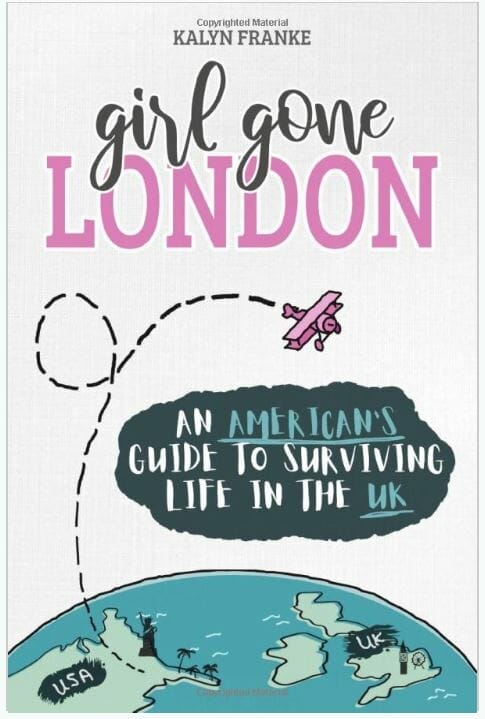
You will need to submit these dimensions and guidelines to them so they know exactly how much space they have.
There are sites like Fiverr where you can get a cover designed for cheaply, but keep in mind that you usually get what you pay for when it comes to design.
It usually pays in the end to hire a professional graphic designer or at least use a site like 99 Designs where you can create a competition and decide who to work with based on their drafts.
Again, if you’re doing both a Kindle and printed book, there will be different guidelines for each, though usually it’s an easy tweak for the designer to change from the printed book design to the Kindle design.
Submitting a Self-Published Book to Amazon
Once you have the text file formatted correctly and you have the cover ready to go, you’ll need to then create an account on Amazon KDP (Kindle Direct Publishing).
It will walk you through the steps of both creating your account and then submitting your file and cover.
Once you submit, there will be a wait while they go over the book, and then you will be able to see it in your account and order a proof copy of the printed book or see the proof of the Kindle book.

This is actually one of the easiest parts of the whole process, as you’ve done most of the work of creating the book up until that point!
When your book is approved, you will be given a date when it is available and from then on, you can start selling.
Kindle Books versus On Demand Print Books
There are two ways to self-publish a book on Amazon – Kindle version or Print On Demand version.
You can do one or the other or both.
I was intent on only doing print on demand when I was first working on my book, but finally relented and made it available on Kindle as well for those who wanted an eBook version, and I’m really glad I did.
People still use Kindles and read books online and don’t want a physical book, and I make a good portion of my sales from the Kindle version.
Most of my sales are still from the printed book, but the Kindle portion is nothing to sneeze at.
As I’ve mentioned throughout this guide on self-publishing on Amazon, you will need to think about the different formats for Kindle and a printed book and make sure that you’re uploading the correct format to each as they don’t translate exactly.
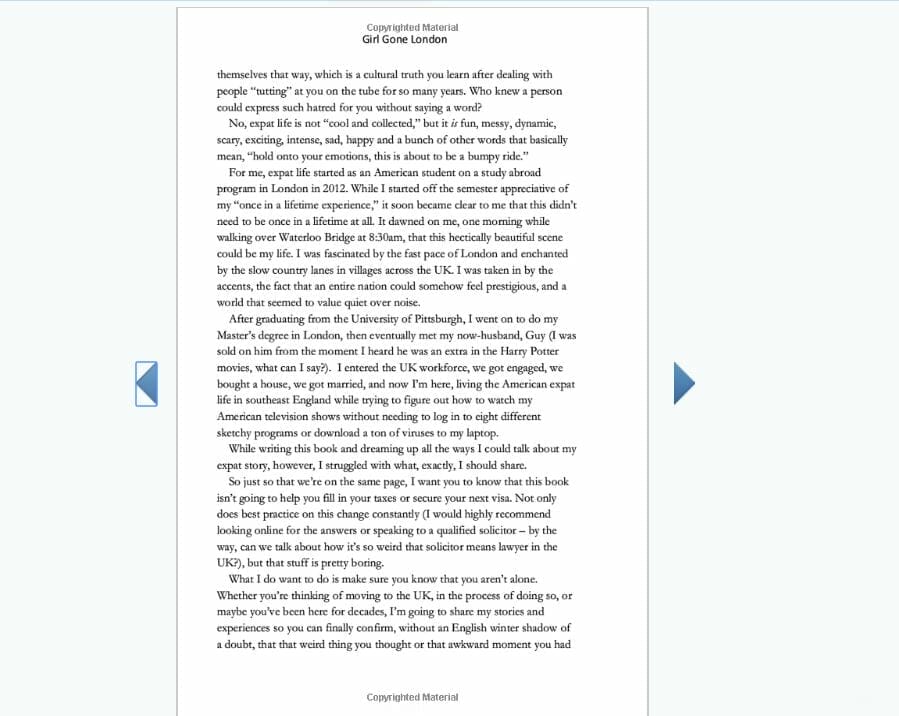
Selling Your Self-Published Book
Okay, so you’ve self-published your book and it’s available for the world to buy.
You can see your sales tracker in your Amazon KDP account and you’re ready for those numbers (and that money) to start going up.
Selling your self-published book requires you to then reach out to your existing audience that you’ve been building up to tell them that it’s now available.
But don’t stop there.
Regular e-mail newsletters, social media posts, and sending it out to some key readers who can then leave reviews and encourage others to buy are all good ideas.
You’ll likely have a spike in the very beginning as family and friends support you, but once this tapers off, you need to figure out how to keep funneling new members of your audience towards your book.
For me, I make a welcome post to all new members of my Facebook group and include the book link in there to show them what’s available and why they should buy it.
You can also do in-person events like speaking engagements, interviews, and reaching out to local news sources who may be happy to promote someone from the local area who has this new resource for people to check out.
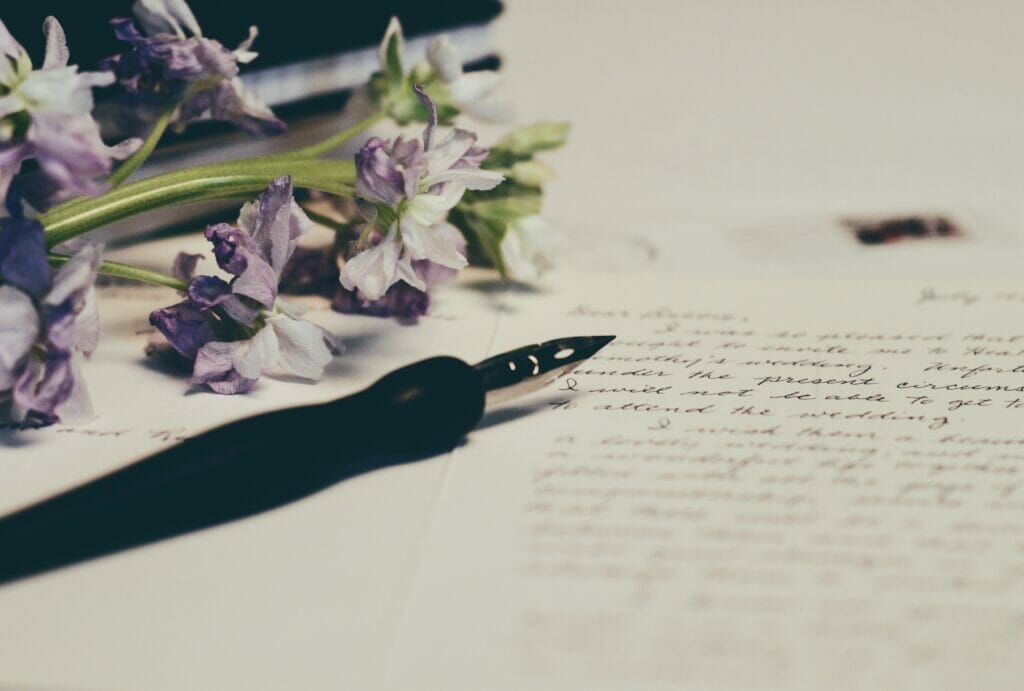
How Much Money Do You Make Self-Publishing a Book on Amazon?
Amazon has a calculator to help show you how much your royalties will be per book sold on their platform, which is really helpful when deciding the minute details of your book like how big you want it to be and on what type of paper.
You get to set the price on Amazon, and then you will lose the printing cost from this total number as well as Amazon’s percentage.
For me, the way this works out is that I get to keep about 1/3 of the total amount of the book for each sold, a bit more for the Kindle versions.
This doesn’t seem like much at first, but is more than many traditional publishers would give you.
You can also make more by ordering cheaper author copies of the book via Amazon and selling those at in-person events for the full price.


